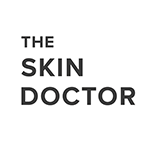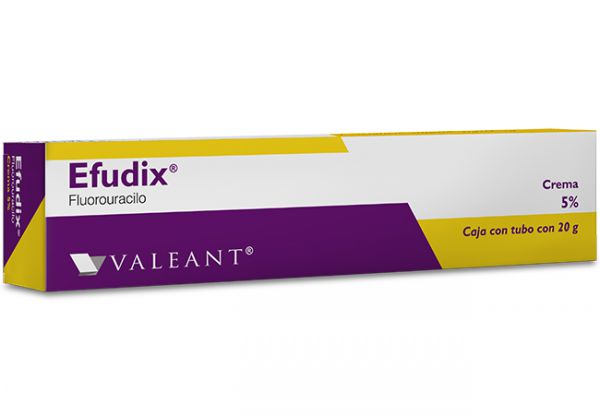What is PDT?
PDT is a procedure used to treat pre cancerous sun damage spots and superficial type skin cancers. This is used as an alternative to efudix which is usually used for 4-6 weeks and will have far greater side effects and discomfort.
This type of treatment is very useful for people who have multiple pre cancerous sun damage spots on the skin called actinic keratosis. These sun damage spots have a 10 percent chance of becoming skin cancer. This is why it is very important to treat this or at the very least monitor closely. If a sun damage spot becomes a skin cancer they will usually turn into a SCC or squamous cell carcinoma. If these are left untreated they can become invasive and life threatening.
What is the purpose of PDT?
The purpose of PDT is to create a reaction that destroys only abnormal cells, while leaving normal cells alone. The Metvix/ ALA medication acts as a photosensitizer. The medication is absorbed by abnormal cells and is converted into a chemical that makes these cells extremely sensitive to light. PDT utilizes visible light to create a reaction which destroys the abnormal cells. Studies have shown a reduction of actinic keratosis of about 80% after Photodynamic Therapy treatment.
What will PDT look like?
To start, the doctor will usually perform some nerve blocks. These are local anaesthetic injections into the face (if necessary). This is slightly uncomfortable and the dermal therapist will assist by pinching your skin elsewhere to distract you
After the nerve blocks –
Laser ablation is performed. Depending on the degree of sun damage the cream may be applied to solitary spots or an entire area of skin.
We use a cream called ALA or Metvix. The cream is applied to the skin and is stimulated by light which allows it to target and destroy sun damaged cells. The Doctor may highlight specific skin spots for the nurse to apply the cream, in very specific areas. In general we use the ALA cream for sun damage spots and Metvix for superficial type skin cancers.
Laser Ablation:
This is a minimally invasive procedure that utilises a precise, fractionated light beam to create microscopic controlled wounds to the skin. The laser works by targeting areas of concern whilst leaving surrounding tissue unaffected.
The laser creates a more precise pathway into the skin for increased efficacy.
Incubation:
The patient will then wait for a period of 1 or 3 hours in a dark room to allow the cream to penetrate the skin without further activation by light. The amount of time will be directed by the doctor and will depend on the type of lesion.
While you are waiting – You will be given a button to press if you have any concerns. Ensure you know where the button is before the nurse or therapist leaves the room.
The staff may from time to time come in and check on you – but if you have any concerns you must press the button. Do not rely on intermittent checking as the staff may be busy.
Light therapy:
The cream is then exposed to light via LED diode for up to aprox 8 mins.
The dermal therapist or nurse will place goggles over your eyes but the light will still be very intense. The light will not harm your eyes.
This is the most painful part of the procedure. People can differ in terms of how they experience pain, but some will find this very intense and “like burning of the skin”. This is why the nerve blocks are performed and also why we recommend you take strong pain relief on your arrival.
In a minority of patients who are on antidepressants, the interaction of LED light and the medication may cause some slight bluriness of vision for around 30 minutes. This will resolve but you may consider delaying your departure from the clinic and plan accordingly if you feel unsafe to drive.
The treatment area then needs to be protected from light exposure during recovery for at least 48 hours. The area of treated skin will have some redness, stinging, peeling and may occasionally weep. This is entirely normal
What is the recovery time?
For field treatment of sun damage spots, recovery takes approximately 7 days. With redness lasting up to a few weeks.
Is it Painful?
Usually mild burning sensation – sometimes more intense. Local anaesthetic isoften used to limit discomfort and this will be done by the treating doctor. Pain is usually much shorter duration and less severe than for surgery or efudix treatment.
Will I require further treatment?
If we are using PDT for treatment of a superficial skin cancer you will be reassessed at 3 months to determine if a second treatment is required. This is required for 20 -30% of superficial skin cancer cases. BCC PDT needs to be repeated at the one week interval.
What are the alternatives?
- Laser resurfacing provides the best cosmetic result as it markedly reduces sun damage to both DNA & addresses wrinkles & pigmentation.
- Cryotherapy with liquid nitrogen
- Efudix
- Aldara

